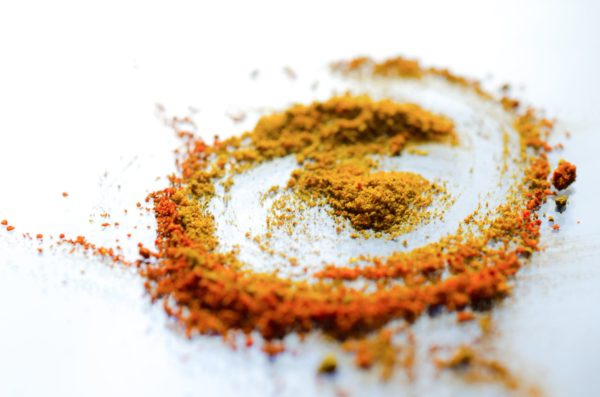 People living in tropical Asia, the Caribbean and Latin America know that eating tamarind means eating healthy. The tamarind casually consumed in these regions has many health benefits for those who eat them. So, the next time you cruise the Asian supermarket aisles make sure to pick up a few of theses treats.
People living in tropical Asia, the Caribbean and Latin America know that eating tamarind means eating healthy. The tamarind casually consumed in these regions has many health benefits for those who eat them. So, the next time you cruise the Asian supermarket aisles make sure to pick up a few of theses treats.
The tamarind fruit is encased within a brown pod. Inside the pod of the tamarind is a soft, brown pulp with hard-coated black seeds. It is this pulp that people eat to get all the nutritional and health benefits of the tamarind. The pulp of the tamarind has a very sour taste while it is young, but as it ripens the pulp gets sweeter. Though the pulp will sweeten with age, the tamarind generally has a sour, acidic taste.
In countries such as Jamaica, Mexico, Aruba and India, tamarind is mixed with sugar and sold as sweets or snacks on the streets or in local shops. Snacking on tamarind or eating tamarind jelly or other tamarind- related products can be very beneficial to your health. Tamarind is a rich source of vitamins, fiber, potassium, magnesium and other nutrients necessary or good health.
But among the many nutritional values and health benefits of tamarind, quite a few of these benefits stand out, namely that:
- Tamarind is a good source of antioxidants that fight against cancer. Tamarind contains carotenes, vitamin C, flavanoids and the B-vitamins
- Tamarind protects against vitamin C deficiency
- Tamarind reduces fevers and provides protection against colds
- Tamarind helps the body digest food
- Tamarind is used to treat bile disorders
- Tamarind is a mild laxative
- Tamarind lowers cholesterol
- Tamarind promotes a healthy heart
- Tamarind can be gargled to ease soar throat
- Tamarind applied to the skin to heal inflammation


